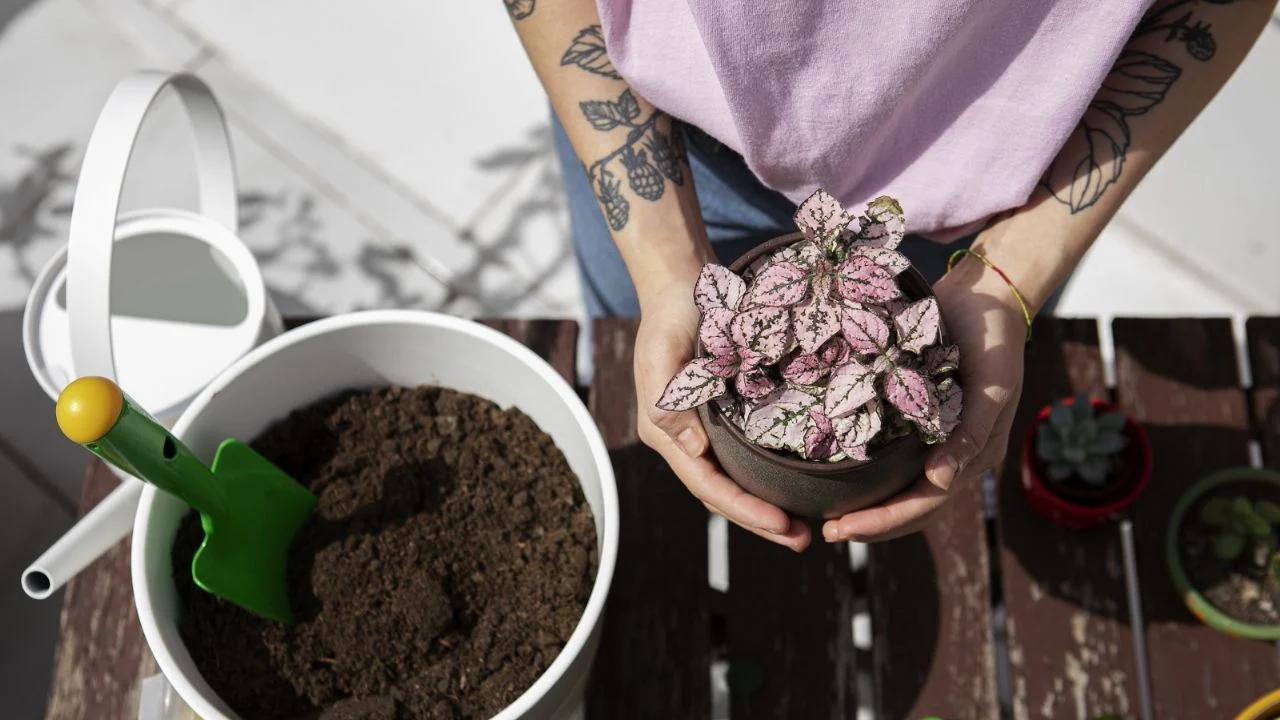In many homes, plants are more than just a decorative element, they are important members of households, especially for those with a special fondness for this type of vegetation. Like all living beings, they also need care, which can become a problem if there is not enough time available. However, drip irrigation could be a good option to solve this inconvenience.
Drip irrigation consists of a simple irrigation system that only requires two plastic bottles. This noble practice not only takes care of plants but also of the environment, promoting recycling. To carry it out, all you need are a couple of recycled bottles, a piece of leather, and a bit of ingenuity.
Furthermore, this system is easy to implement and maintain. First, place the bottle in the shade to prevent water from evaporating too quickly. Then, check that everything works correctly and refill it as needed. It is also recommended to use rainwater whenever possible, as it is an excellent option to fill the bottles.
In summary, this homemade drip irrigation system is a practical and sustainable alternative to keep plants hydrated, even when you are not at home. And the best part is that it can be done with reusable materials.

How to Set Up a Drip Irrigation System?
To implement this system, you only need a recycled plastic bottle, preferably 1.5 liters or more, a piece of cotton rope or absorbent cord, and wire. Once you have gathered the materials, you just need to follow these steps:
- Prepare the bottle: wash the recycled plastic bottle. If you have more than one, you can prepare several and use them in different parts of the garden.
- Cut the rope: measure the rope so that part of it remains inside the bottle and the other part hangs outside. Make sure the inside part is long enough for proper water absorption.
- Insert the rope: place the rope through the hole in the bottle cap, or make a small hole in the cap. This will ensure the cap stays securely closed and does not leak.
- Attach the bottle to the plant: wrap a little wire around the bottle neck and form a small extension to act as an arm to hold the rope over the plant. Once this is installed, make sure the rope falls over the root area or onto the soil near the plant.
- Fill with water: once the bottle is filled with water and the rope is well submerged in the liquid, simply let the water filter slowly through the rope to ensure constant watering of the plant.
Have you checked out our YouTube channel? Subscribe now!

